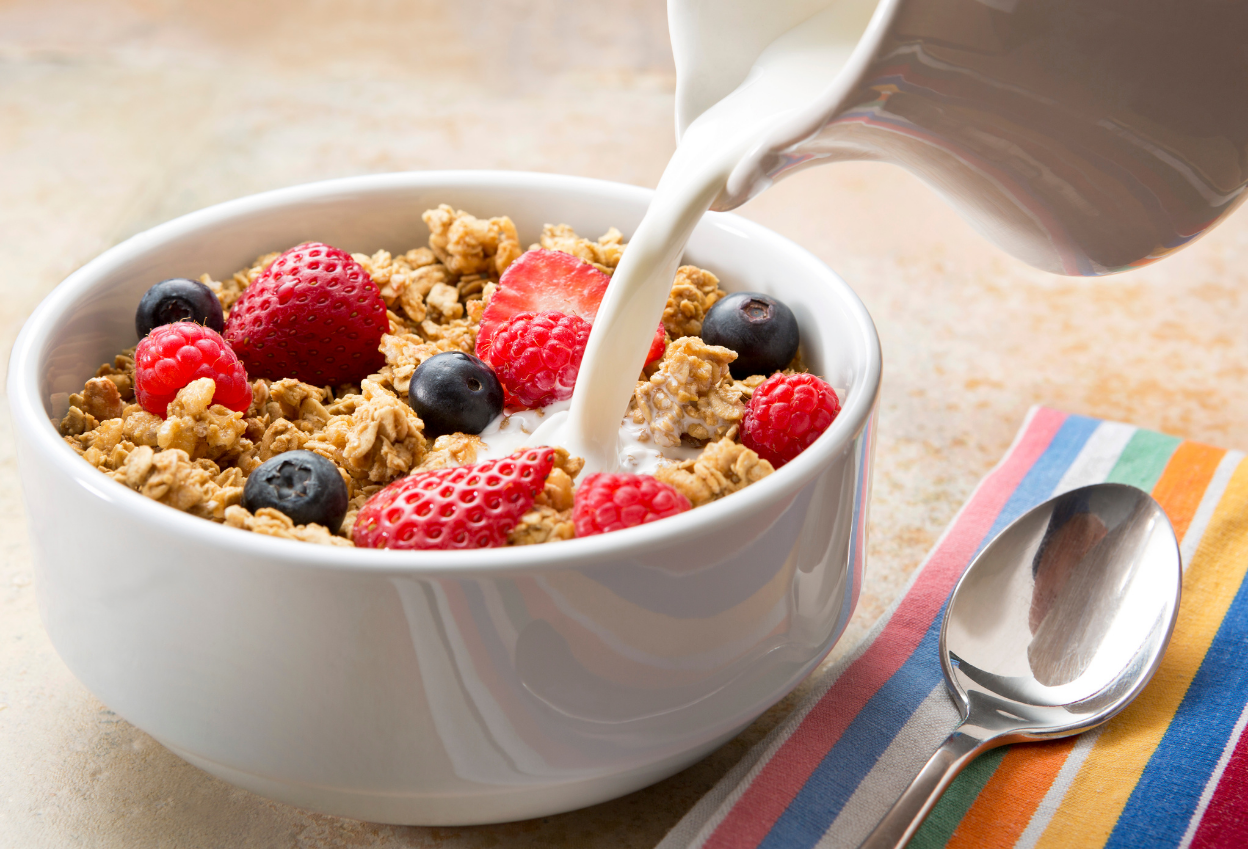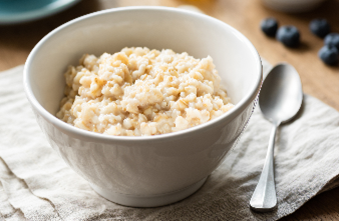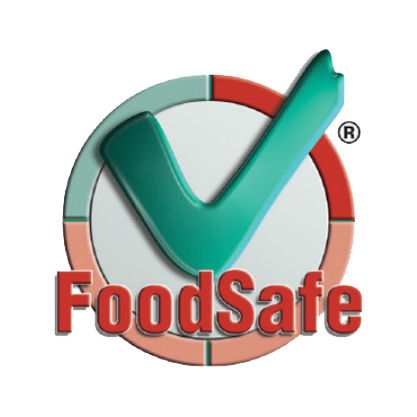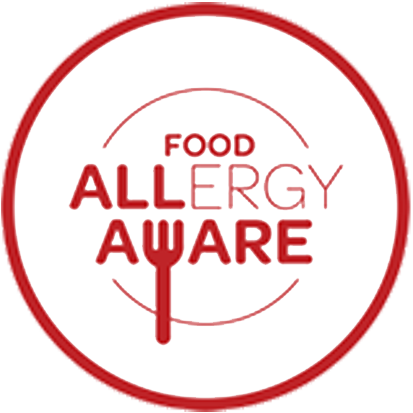
Simplifying Breakfast Cereals
Have you ever just stood in front of the breakfast cereal section at the supermarket feeling overwhelmed and confused by the sheer number of products and their health claims!
We’ve got three simple tips below to help you choose a healthy breakfast cereal to give you the Fuel to Go & Play.
1. Check the amount of sugar in a product by looking at the:
Nutrition Information Panel:
- look for cereals with less than 15g of sugar per 100g (a bit more is fine if there is dried fruit in the mix)
Ingredients list:
- if sugar is listed as one of the first three ingredients it is most likely going to be high in sugar.
- Disclaimer: if the ingredients list only has 5 ingredients and sugar is in the top three but there is <15g/100g then it is a healthy option.
- Sugar can be disguised under many different names, including:
dextrose, fructose, glucose, golden syrup, honey, maple syrup, sucrose, malt, maltose, lactose, brown sugar, caster sugar, raw sugar, sucrose.
2. The more fibre the better!
Fibre in cereal keeps us feeling fuller for longer. Other health benefits of fibre include reducing uncomfortable feelings during digestion, and lowering the risk of developing some diseases like diabetes and heart disease.
Although it can be tricky, a good rule of thumb is to look for around 10g of fibre per 100g in a cereal.
*Rather than trying to remember all of these numbers, use the LiveLighter Label Reading Wallet card to make shopping easier – request your FREE copy here.

Using the tips above, if we compare these two cereal products:
Cereal one (left): has 24g of sugar and 5.3g of fibre per 100g
Cereal two (right): has 3g of sugar and 12.9g of fibre per 100g
This means cereal two (right) is a healthier choice to fuel up with for breakfast.
3. How simple is the ingredient list?
Something worth thinking about is having a quick scan of the ingredients list of a cereal and noting how many ingredients are recognisable as normal household items.
For example, compare these two ingredients lists:
Whole Grain Wheat (99%), Salt.
VS
Whole Grain Cereals (59%) [Wheat (47%), Corn (12%)], Sugar, Wheat Starch, Formulated Supplementary Food Base: MILO (6%) [Malt Extract (Barley and/or Rice), Milk powder, Sugar, Cocoa, Choc Malt Blend, Minerals (Calcium, Iron), Vitamins (C, B3, B6, B2, D, B12), Emulsifier (Soy Lecithin)], Cocoa, Barley Malt Extract, Vegetable Oil, Natural Flavours (Wheat), Wheat Protein, Glucose, Emulsifier (Soy Lecithin), Salt.
Although manufactured ingredients are not necessarily unhealthy, it is easy to tell which of these is going to be the healthier option for brekky!
How do you like your cereal?
If you like it a bit sweeter, instead of adding sugar try adding some whole fruit! Berries (blueberries, strawberries, raspberries), sliced bananas or mango, small chunks of fresh or tinned (in juice); apple, pineapple, peaches or pear all taste great with cereal to add some natural sweetness and extra nutrients.

Although cereal with milk is a staple for an easy breakfast, adding yoghurt to cereal can be nice for some variety – with yoghurt providing great gut bacteria in the process. Cereal can also be a part of other meals, such as our Banana Weet-Bix Smoothie, or Weet-Bix energy bar.
Oats are even more versatile, with 100% wholegrain goodness they can be served cold as overnight oats, or hot for those chilly winter mornings.
What are some sneaky marketing tricks big food companies use to make people think a cereal is healthy when it isn’t?
- Having photos of sports stars on the front of the cereal box can make it seem like we too need to eat these sugary breakfast cereals to be just like them! To perform at our best we need to be fuelling our bodies with a variety of colourful fruits and vegetables, wholegrain carbohydrates like oats, rice and pasta, include some sources of protein such as eggs, fish, red meat chicken and dairy products like milk and yoghurt or their alternatives everyday!
- Brightly-coloured, cartoon-covered cereal boxes is a commonly used tactic to attract children. It’s no coincidence that these are usually the cereals with the most added sugar, making them more addictive to children with sensitive tastebuds.
- The statement “No artificial colours or flavours” is a big food company’s favourite phrase when trying to make an unhealthy cereal seem healthy.
However, don’t be fooled, the cereals making these claims may still have a long ingredients list with highly processed ingredients. In fact, that incredibly long ingredient list we saw before comes from a cereal box that also states “No artificial colours or flavours” – and has four different varieties of sugar.
Visit the Food for Health Alliance for more information about big food companies and their marketing tactics.
A word on the Health Star Rating
The Health Star Rating takes into account a range of nutrients/foods that are present such as sugar, salt, and saturated fat, protein, fibre, fruits, and vegetables. This goes through a calculator to produce a simple number from 0.5 to 5 stars – representing how healthy the product is when compared to similar food products.
The Health Star Rating is visible on many breakfast cereals and can be a helpful way of quickly comparing one cereal to another – without having to read the Nutrition Information Panel.
Top Tip: the Health Star Rating should on be used to compare similar products. It should not be used to compare packaged foods from different categories, such as comparing yoghurt to soft drinks, or biscuits to cereals.










